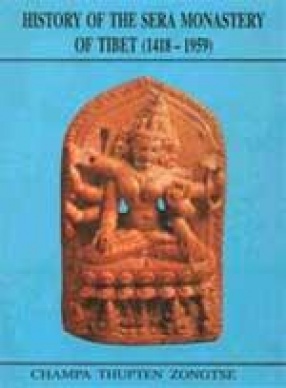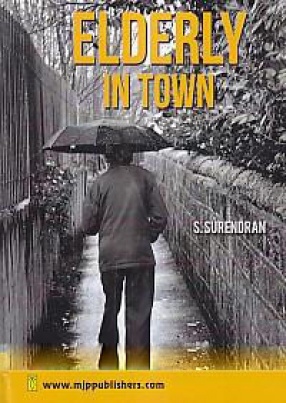The present book is dedicated to the history of Sera, along with Ganden and Drepung one of the three great monastic universities of the dGe-lugs-pa school around Lhasa. With the support of the donor sNe’u-gdon Mi-dban Grags-pa-rgyal-mtshan, it was founded in 1419 by Byams-chen-chos-rje Sakya-ye-ses (1354-1435), one of the disciples of Tson-kha-pa Blo-bzan-grags-pa. Byams-chen-chos-rje himself became its first abbot. Before he accepted the invitation of the Chinese emperor Yung-lo to travel to Peking in 1421, he appointed Chos-rje Dar-rgyas-bzan-po as his successor. Including the 4th Pan-chen Bla-ma Blo-bzan-chos-kyi-rgyal-mtshan (1570-1662), a total of seventeen scholars succeeded to this position up until the middle of the seventeenth century. Beginning with the 5th Dalai Lama Nag-dban-blo-bzan-rgya-mtsho (1617-1682), however, the Dalai Lamas came to be regarded as the abbots of the monastery. At times, Sera counted four different faculties. Only three of them have survived, namely two of the sutra faculties (Se-ra-byes and Se-ra-smad) and the tantra faculty (sNags-pa-grva-tshan) founded by Lha-bzan Khan (d. 1717). A complete course of study at one of the sutra faculties took about thirty years, and it was concluded with the conferring of the title of dGe-bses-lha-rams-pa or a similar degree. Like Ganden and Drepung, Sera has been the alma mater of many renowned scholars and influential hierarchs of the dGe-lugs-pa school, among them a considerable number of dGa’-ldan-khri-pas and the regents of the Tshe-smon-glin and Rva-sgren incarnation lines. In the years before the Chinese invasion, the total number of monks housed in Sera is estimated to have been about seven thousand. Between 1952 and 1956, Zongtse Rinpoche was himself one of them; he spent about four years at Byes-pa-grva-tshan, studying especially Tshad-ma (Pramana), Phar-phyin (Prajnapararmita) and dBu-ma (Madhyamaka). Accordingly, his presentation is not merely confined to a treatment of the history of the monastery, its sacred objects and its famous scholars, but also includes a description of the course of study and of the degrees offered. After the flight of the Dalai Lama in 1959, the monastery was practically closed down, and, during the Cultural Revolution, it was partly destroyed. It is to be hoped that Zongtse Rinpoche’s book will prove helpful and support the efforts in preserving everything that is worthwhile in this tradition. To benefit the Western reader, an extensive index has been added.
Cultural Heritage of Indian Tribals
$24.30
$27.00




There are no reviews yet.